I spend a lot of time writing articles about various enrichment devices, techniques and concepts like contrafreeloading, but “enrichment” is just a part of a behavioural husbandry program in an animal care facility, the other major piece of the program is training. That is why in today’s post we are going to be taking a deep dive into training as an enrichment tool and its role in behavioural husbandry programs in zoos and aquariums.
How is animal training defined?
Although it may seem silly to start this article with defining what the definition of training is, I wanted to start this way to show how broad the term of training actually is. Animal training is the act of teaching animals specific responses to specific conditions or stimuli. Generally in a zoo and aquarium setting, animal training is done through “operant conditioning” and “positive reinforcement training” which means the trainer is adding something to the training session to reinforce a behaviour, making it more likely to happen again the next time the trainer asks for the same behaviour. What you add to the session often takes the form of a favourite food item or something else the animal likes. But there are many instances outside of these “formal training sessions” that are still training an animal to perform a behaviour. For example an animal may hear your keys jingle as you walk to their enclosure to give them food, and this has trained them to expect food when they hear the sound of keys. Training comes in many forms within the realm of animal care, so let’s go through a few that are useful in animal care institutions.
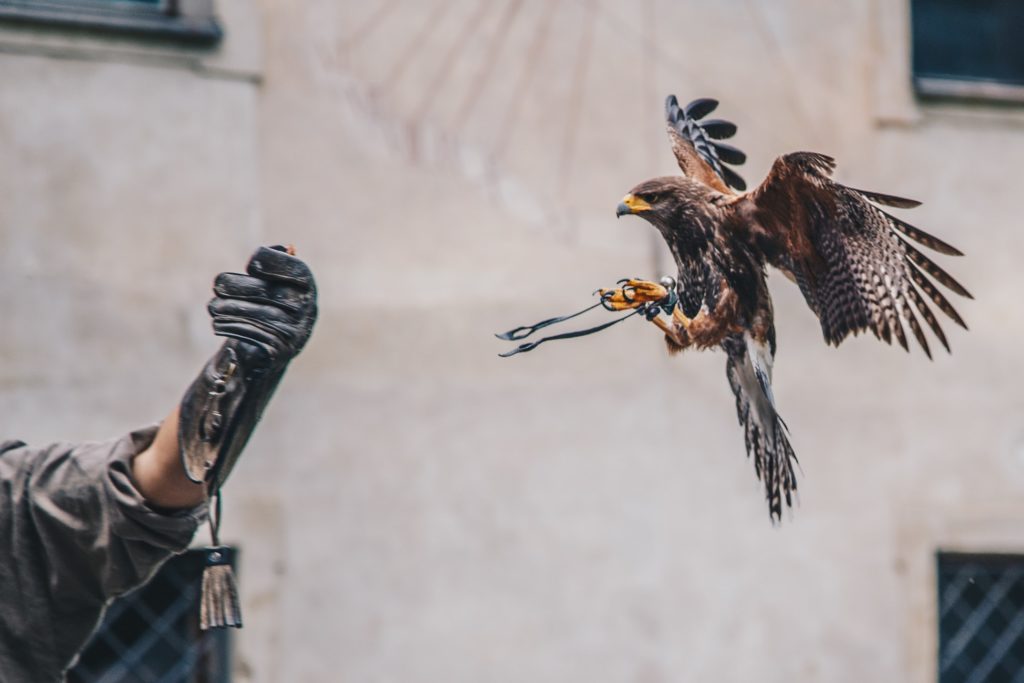
Different types of training in a zoo and aquarium setting
In a zoo and aquarium setting there are roughly four main categories most behaviours and training goals fall into:
- Basic Husbandry- Behaviours that make the daily husbandry of an animal easier/ less stressful
- Training animals to shift to a holding or other exhibit
- Scale training an animal to get its weight regularly
- Station training/ Target training an animal to make moving/ feeding easier
- Advanced Husbandry- Behaviours that are more advanced but still fall into the husbandry category
- Crate training the animal so it will willingly go into a holding/ transport crate
- Trailer training to get an animal willingly onto a trailer for transport
- Voluntary Restraint training
- Medical behaviours- Behaviours that will benefit the medical care of the animal
- Voluntary injection training for vaccines or anesthesia
- Voluntary blood draw training
- Voluntary nail or hoof trim training
- Voluntary eye drop training
- “Fun” Behaviours- Behaviours that have no real “purpose” other then relationship building and fun for the animal and the trainer
- Vocalizations on command
- Retrieval behaviours, getting an animal to bring you something
- Waving and other anthropomorphic movements
As with many complex topics in animal care, training has a lot of industry specific jargon that goes along with it. The American Association of Zoo Keepers put together a great pdf containing many of the important terms to know when training an animal, read it here.
The benefits of animal training
Investing time in animal training is immensely beneficial for both the animal subject and for the trainer for many reasons. The first obvious benefit of participating in training an animal is growing the bond between animal and trainer. Every time you complete a successful, positive training session with an animal, you are showing the animal that interactions with you are positive ones. They don’t involve anything scary or negative, just positivity and rewards; working with an animal that trusts you has many benefits init of itself, including easier and more positive day to day husbandry.
Another major benefit of a well trained animal comes specifically as a benefit of medical based training. When an animal has been trained to perform things like voluntary injections, it can have an immensely positive impact on the animals stress levels, as they don’t need to be darted or otherwise restrained for medical procedures such as yearly processing and checkups. Doing these medical based behaviours willingly and positively as opposed to negatively and unwillingly can not only make medical procedures much less stressful for both the animals involved and for staff, but it also helps to maintain that positive relationship that you have worked to hard to develop with the animal in the first place.
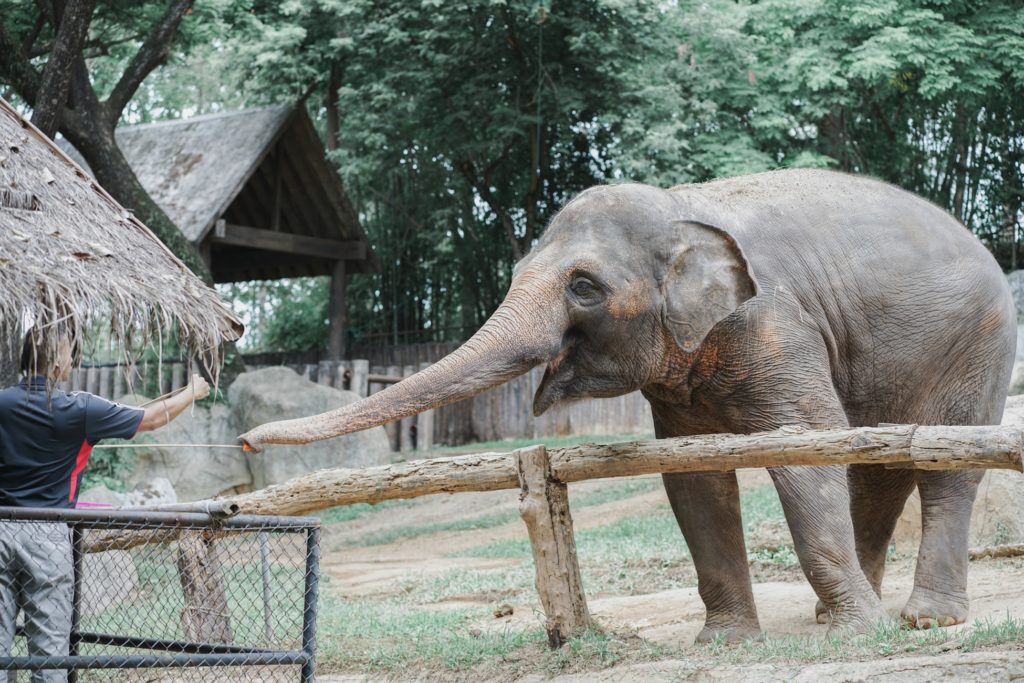
Can training be used as enrichment?
Now that we know that there are numerous benefits to training an animal to perform a wide variety of behaviours, we must also ask the question of wether or not training is enriching for the animal or is it something else entirely? Quite often enrichment programs at zoos and aquariums are combined and managed under the same department and are therefor often considered not to be mutually exclusive, but is this the correct assumption?
In this article by enrichment.org a comparison of enrichment and training is done and explained through looking at the reinforcers, outcomes, control, and opportunities provided in an enrichment session compared to a training session. Based on their analysis, they came to the conclusion that the main difference between an enrichment session and a training session is control. In an enrichment session, the animal has the choice to interact with whatever response it deems necessary in the scenario, if you give a tiger a ball with cat nip rubbed on it, the tiger may walk right on by the ball and do nothing, and then the next day it may bat it all around its enclosure for the next hour (often when no one is looking). In a training session the outcomes are all controlled by the trainer, if a trainer asks that same tiger to sit, it must sit in order to get the reinforcement which is also controlled by the trainer (this is positive reinforcement training so the choice to participate or not is always that of the animals).
Although the above article describes enrichment and training as two separate events, I believe that when done correctly, training can be used as a great form of cognitive and social enrichment for the animal being trained. This article published in the Journal of Applied Animal Behaviour Science argues that training should be classified as an enrichment technique based on several criteria.
The first criteria being that the training gives the animal more control over its environment, training does this by allowing the animal to be trained to cooperate in otherwise stressful situations such as veterinary procedures and through operant conditioning allowing the animal to “understand” the consequences for various behaviours. Another criteria described in the article is giving the animal choice, when using positive reinforcement training. Since there are no “punishments” or negative reactions given when an animal does not perform the behaviour being asked for or decides not to participate, positive reinforcement training can actually be seen as giving the animal being trained a lot of choice to see what happens when it reacts to a training command and what reaction results in the positive reward. The third criteria discussed in this article is that by seeking to achieve the food based reward for a correct behavioural response, the animal is actually exhibiting a foraging type behaviour during a training session, (which as explored in this article) a behaviour that is extremely important to most animals. The final criteria is that training acts as cognitive enrichment for the animal being trained, they are presented with a “problem”, in this case a cue, that they need to provide the correct behavioural response to illicit the reward for doing so.
Traditional animal care relies on escape and avoidance techniques to perform basic husbandry tasks such as shifting. Positive reinforcement techniques allow an animal to have more control over their environment and their emotional wellbeing and this when done properly can easily be considered enriching for the animal being trained. There is even evidence that this choice and control granted by positive reinforcement training may even be enriching for “hard to enrich” animals such as reptiles.

How much training should you do?
I have seen many enrichment programs that involve almost all training and little to no environmental enrichment and many that include almost no training and all environmental enrichment… so which one is the right way to structure an enrichment program?
Well as demonstrated in the above section it is clear that positive reinforcement training can be considered enrichment when done correctly and therefor should be considered part of an enrichment program and not a separate entity. As I’ve mentioned before in the post “A Modern Guide to Environmental Enrichment in Zoos and Aquariums” variety is an extremely important factor in an enrichment program.
Another important thing to think about when it comes to enrichment is that captive animals need a tremendous amount of variety in their daily lives in order for their behavioural enrichment program to be successful. Even the most fun and inventive enrichment can become predictable and boring for an animal, and we know that predictability can be very detrimental to captive animals wellbeing.
The same principal can be applied to training, and each behaviour can be thought of as different “enrichment devices/ techniques”. If you have an animal that has a very established behaviour such as sit, and you are asking that animal that behaviour every day, do you think that behaviour is still enriching? The animal is still getting to interact with a trainer and receives positive reinforcement for a correct response which might still be enriching for the animal, but these simple, well established behaviours may not be as enriching as new more complex behaviours.
With this in mind it is important to consider training as only one tool in your “enrichment tool box” and try to incorporate as much variety and creativity into each animals enrichment program as possible.
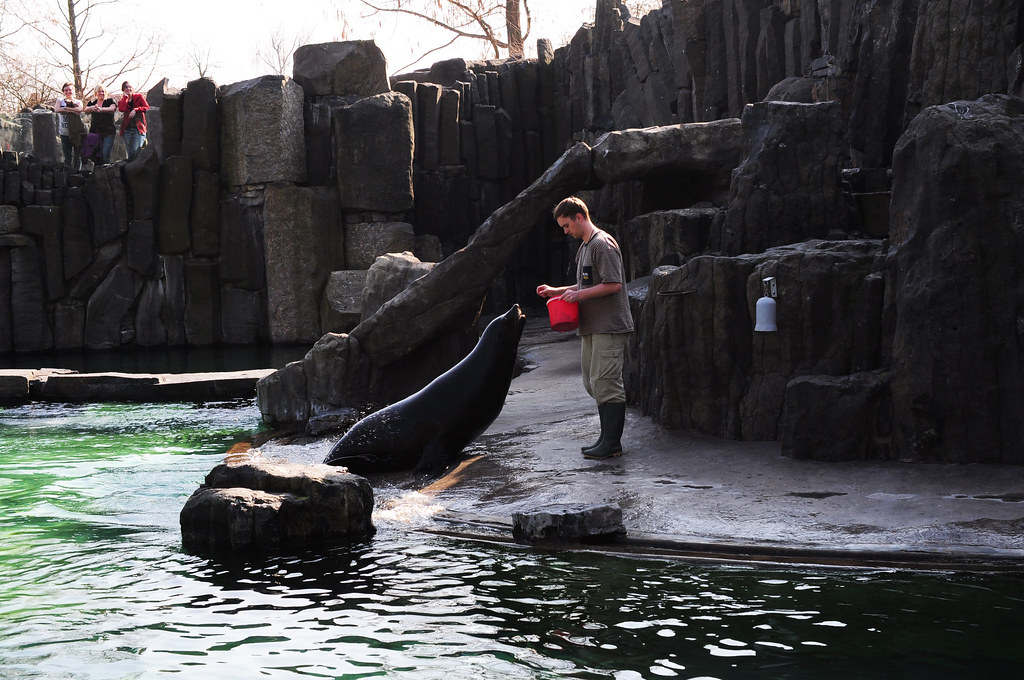
Training=Enrichment
Based on the above sections it is clear that training is in fact a form of enrichment and should be treated as just one part of an over-arching behavioural husbandry program. Positive reinforcement training provides the animal with “choice” in its environment through the training of various husbandry behaviours as well as medical behaviours, these types of behaviours also benefit the animals welfare significantly by reducing day to day stress. Training should be approached as one very powerful tool in an animal care professionals “enrichment toolbox” and individual behaviours should be thought as in the same was as an enrichment device. Variety is one of the most important components of a successful enrichment program therefor variety needs to be employed in a training program in order for it to be as enriching as possible. As I’ve mentioned before, one of the best things about training an animal is that not only is it enriching for the animal being trained but it can also be extremely enriching for the trainer! So get out there and incorporate some training into your enrichment program!
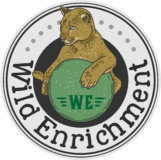
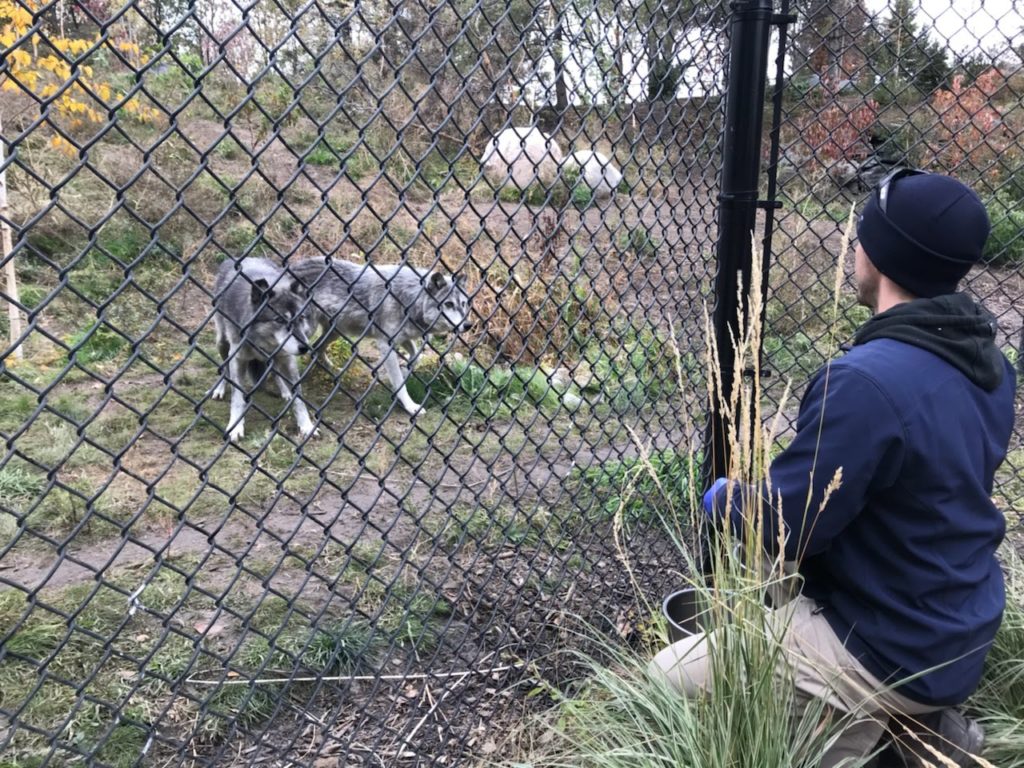
Pingback: Better Understanding Of Social Enrichment And Enriching Social Groups – ZOOSnippets